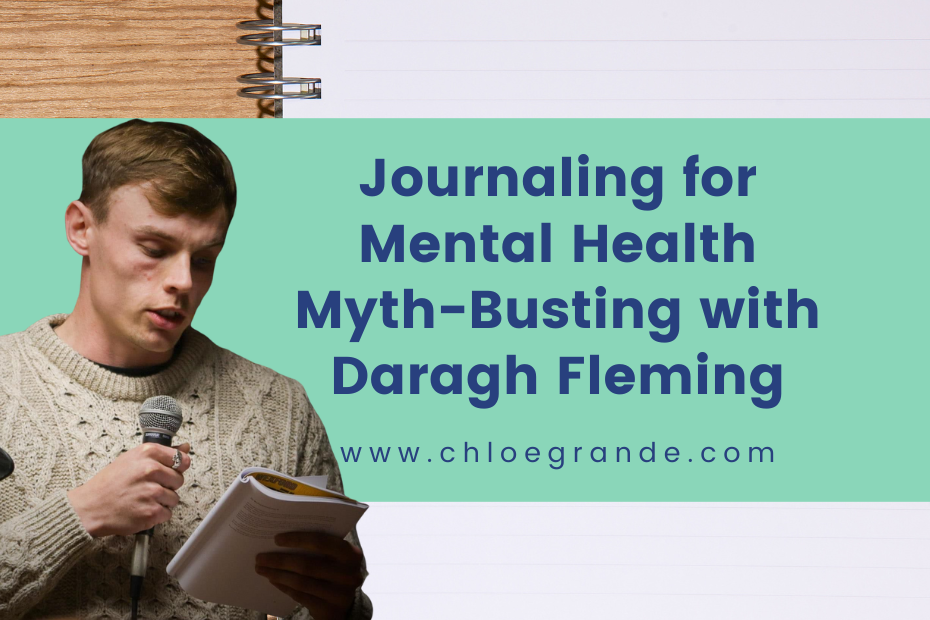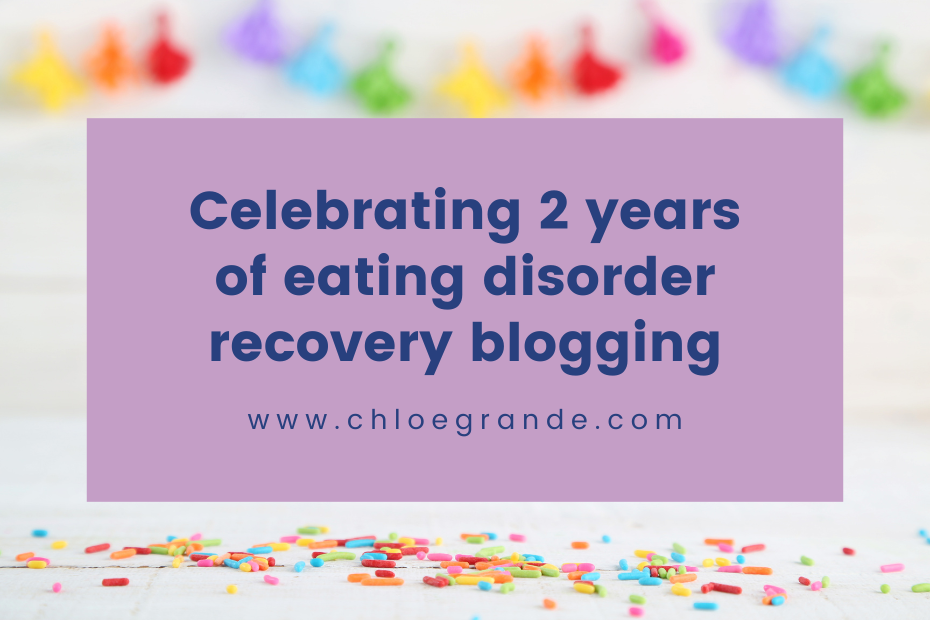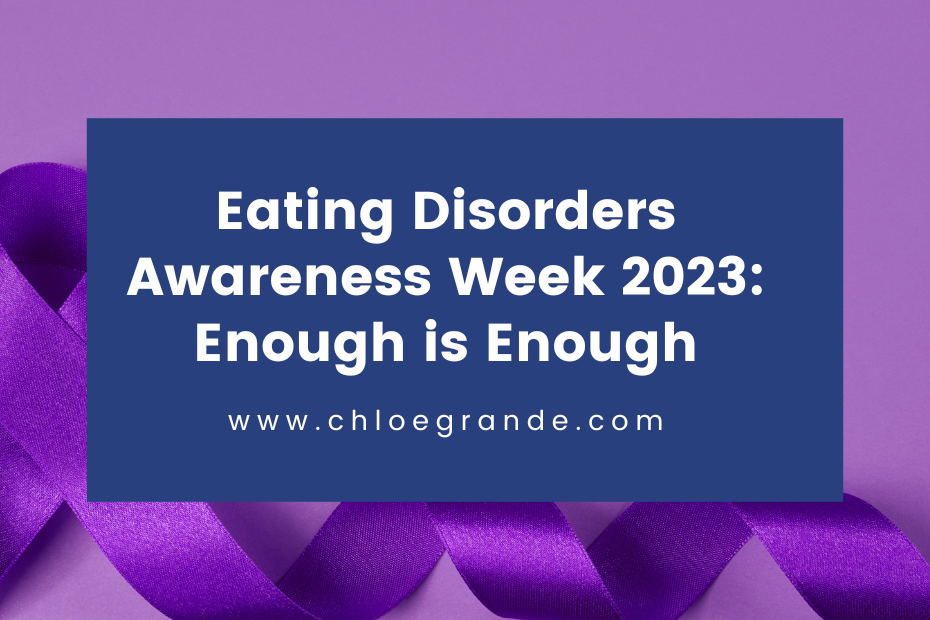I first came across Dr. Jill Andrew’s advocacy work with eating disorders when I attended the virtual book launch for Body Stories: In and Out and With and Through Fat, an anthology she co-edited with May Friedman.
I vividly remember Jill reading a snippet from her contribution to the book, called “Bowel Blues, Bowel Blows.” It’s an incredibly personal depiction of her experience with chronic bowel issues that leads to a disturbing medical interaction. I encourage you to give it a read — it will (pardon the pun) blow your mind.
Not only is Jill a talented storyteller and editor, but she’s the Member of Provincial Parliament for Toronto-St.Paul’s (my old neighbourhood!). She’s also a child and youth worker, an equity human rights educator and a body justice advocate, among other impressive credentials. Basically, Jill Andrew is a superhuman being.
After all the busyness of Eating Disorder Awareness Week in February, I caught up with Jill to discuss barriers to treatment, her lived experience with fatphobia and some exciting updates from Body Confidence Canada. Take a look at the highlights from our conversation!
1. Your bill (Bill 61) to make Feb 1-7 Eating Disorder Awareness Week (EDAW) in Ontario became law in December 2020 and this year marked the second official EDAW.
That’s incredible! What has the response been like?
It’s been the most exciting bill I’ve worked on! I received support from all sides, with unanimous consent in the House. Bill 61 is all about creating a week of awareness for eating disorders, and discussing best practices around prevention and treatment. We know that increased awareness can lead to early recognition and support.
There are approximately 3 million people in Canada affected by eating disorders, and half a million of those individuals live right here in Ontario. It’s vital we work to destigmatize this mental health issue and highlight the diverse experiences of Indigenous, Black and racialized women and girls, 2SLGBTQ+ people, people with disabilities, fat people and men and boys with eating disorders.
Learn more: Canadian Eating Disorders Strategy (2019)
Thank-you to MPP Jill Andrew, the NDP critic for Women's Issues, for advocating for bill 61 proclaiming the first week of February Eating Disorders Awareness Week #bill61 #edaw #edrecovery #eatingdisorder https://t.co/MT7hSwpM1w pic.twitter.com/03k8uXKpDn
— WW ED Coalition (@WWEDCoalition) December 18, 2020
2. Statistics show that BIPOC and 2SLGBTQ+ face more barriers in accessing ED treatment.
As a Black, queer woman, do you think there are solutions to address systemic racism and homophobia in healthcare?
There are always solutions. What we need is culturally relevant and responsive treatment for eating disorders. For example, many studies have shown negative attitudes toward fat patients among healthcare professionals, including medical students, physicians and nurses. A UK study even reported that some healthcare professionals feel “repulsed” by fat bodies.
We also know that the history of BMI [body mass index] is inherently racist and was developed by a mathematician to study populations of white European men. BMI is an arbitrary number that was never meant to diagnose health.
I’ve heard stories from other Black women in larger bodies who have been jostled on public transit and visibly ignored. Yet their Blackness and size make them hypervisible. They’re even seen as aggressive. We need to shed more light on the diversity of people who develop eating disorders and how they’re treated.
Learn more: The Bizarre and Racist History of the BMI
3. Last March, I attended the virtual book launch for Body Stories: In and Out and With and Through Fat, where you read part of “Bowel Blues, Bowel Blows,” a moving story about your chronic gastrointestinal health issues and the fatphobia you received from the surgeon treating you.
What was this writing experience like?
It was cathartic to write about it. The whole experience of having my surgeon discount my pain and tell me “it doesn’t hurt that much” was shocking. After that, I remember my partner and I just sat together in silence. We couldn’t believe what had happened. The surgeon had also been ecstatic to see I had lost weight post-surgery. Now, I have a wonderful clinician who doesn’t discriminate against me for my weight.
Learn more: Body Stories: In and Out and With and Through Fat

4. What’s in store for Body Confidence Canada, the organization you and your partner Aisha Fairclough co-founded?
We wanted to create an organization that advocates and promotes body diversity through community engagement, consulting and research. This year, we’re excited to bring back live events, like the Body Confidence Canada Awards, after a two-year hiatus.
Recently, we worked with the TV show Transplant on an episode about a fat patient. We gave input to help portray them as a complex character, not just someone whose storyline is about gastric bypass surgery.
In the media, shows like My 600–lb Life use fatness for entertainment. These people are seen as freakish and are there for our own amusement. The same goes for thin actors putting on fat suits for entertainment value. You can’t simply “try on” fatness.
Learn more: Body Confidence Canada website
Celebration without systemic change is an empty promise towards ending social injustice . pic.twitter.com/vosQ8sxPqc
— BodyConfidenceCanada (@BCCAwards) May 30, 2020
Podcasts
Where to find Dr. Jill Andrew online:
- Website: https://www.jillandrewmpp.ca
- Twitter: @JILLSLASTWORD
- Instagram: @jillslastword
- Facebook: Jill Andrew TO
What stood out the most to me during our conversation was Jill’s unwavering passion and enthusiasm. We covered such a range of topics in our 30-minute chat, it felt like I could have listened to her speak for hours.
I’m so grateful that Jill was able to fit our chat into her jam-packed schedule, especially with provincial elections right around the corner. She’s been a champion for eating disorder advocacy and body acceptance for decades.
We can all learn something from her experiences to combat stigma against fat and Black bodies. To borrow from Jill’s viral hashtag to end appearance-based discrimination, #SizeismSucks!




What an interesting dive into BMI history !!
It would be extremely interesting to know what are truly the most easily applied and relatively accurate indicators of health. These two criteria are essential if a screening tool can be found to assist in the optimization of physical and mental health. Then, the health care profession can assist each individual in obtaining what is best for them.
Glad you found the post informative! I know I’ve learned so much from speaking with Jill. There’s a lot about BMI and its history that’s problematic, and even around using certain terms like “obesity.”